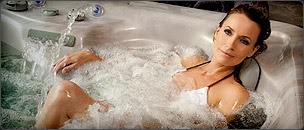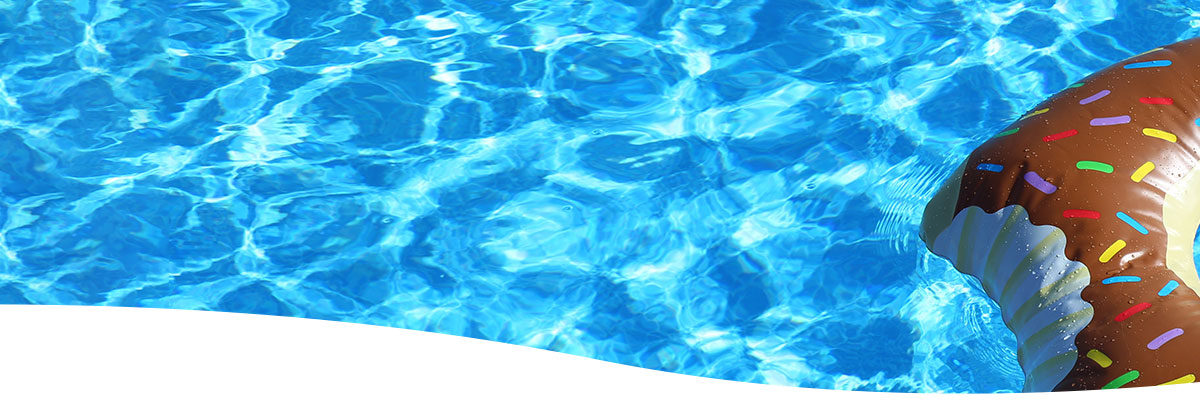
8 Reasons to Install a Swimming Pool
October 22, 2013
How to Clean Your Hot Tub Filters with Filter Perfect
November 4, 2013 
Thinking of investing in a hot tub, but worried about the maintenance? Many clients ask this before purchasing a hot tub. Making sure your hot tub water is clean and maintained is a major part of owning a hot tub. No one wants to hang out in a hot tub with dirty water. We are here to help you keep your hot tub sparkling and make sure it lasts you for many years to come.
You should start by testing your spa water by using test strips or bringing a water sample to Parrot Bay Pools & Spas. If you are using Chlorine as a primary sanitizer, you need to use a test strip that is suited for chlorine while if you are using bromine, you need to use a Bromine test strip. Chemical test strips measure the pH, alkalinity, calcium hardness and chlorine level of spa water. Some of our clients also use non-chlorine chemicals in their hot tubs. If you are using non-chlorine chemicals then use the testing procedure for your chemicals.
The first step after testing the water is to correct a hardness problem if one exists. The calcium hardness should be between 250 ppm and 400 ppm. If the water is too soft, it will foam and cause corrosion of your spa equipment. If the water is too hard, it will cause mineral build up on the heater element. The typical problem is the water is too soft and requires the addition of calcium to raise the hardness of the water. If you have a high metal content this should also be addressed by using a metal sequestering agent, such as our Metal Out.
Next, you can adjust the pH and alkalinity, which are related and use the same chemicals to adjust the levels. Make the first adjustment using the alkalinity reading. If the alkalinity is too high, use a decreaserproduct to lower the level and if it is already too low, use a product to raise the level. Add the chemical in low doses, as it might take a long time to change the alkalinity. It is important to not overdose when doing this as it will take a lot of the opposite chemical to remedy the issue. When the alkalinity is in range, it is time to correct the pH readings by using. You want the pH to be between 7.0 and 7.8.
Now you can add the sanitizer. If the water is cloudy or smells, you can shock the water by bringing the level to around 10 ppm, but DO NOT use the spa when the sanitizer level is this high. Even if you are using a non-chlorine sanitizer I would still recommend using a chlorine shock at least every other time you shock the spa. Shocking the water will ensure all bacteria and organic compounds are destroyed. You can leave on the pumps and uncover the spa to help dissipate the excess levels or chlorine back to the normal levels of between 3 ppm and 5 ppm. Once it is within these normal ranges, it is safe to use the spa again.
You also need to make sure the water is clean on an ongoing basis by shock treating the water and maintaining the sanitizer level. The warm water ofhot tubs would provide an ideal breeding ground for potentially harmful microorganisms if you do not initiate and maintain an effective sanitizer system to control them.
In order to keep your water fresh, you should add your sanitizer of choice or some shock after you use the hot tub and cycle the pumps on before your cover it. This way, the chlorine will work on killing any bacteria that might have remained after your spa session.
Parrot Bay Pools & Spas has other chemicals such as de-foamers and clarifiers that will help you keep your spa water clear and clean. We have a Chemical Starter Kit that contains all the chemicals that are necessary to maintain high quality spa water,



